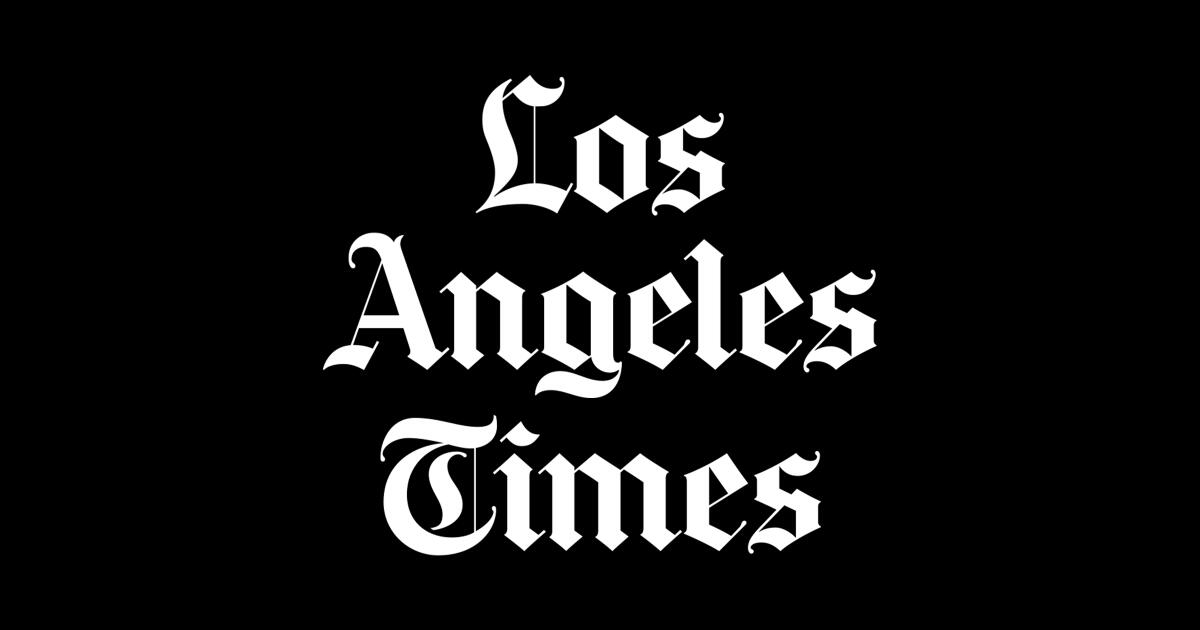Pediatrics group sues U.S. agency for cutting funds for children’s health programs
The American Academy of Pediatrics sued the U.S. Department of Health and Human Services on Wednesday, seeking to block nearly $12 million in cuts to the group.
Earlier this month, the federal government “abruptly terminated” grants to the group, the lawsuit says.
The funding supported numerous public health programs, including efforts to prevent sudden unexpected infant death, strengthen pediatric care in rural communities and support teens facing substance use and mental health challenges.
“AAP does not have other sources of grant funding to replace the federal awards, and without the necessary funds it must immediately terminate its work on its dozens of programs that save children’s lives every day,” says the lawsuit, filed in the U.S. District Court for the District of Columbia. “Within a few weeks, AAP will have to begin laying off employees dedicated to this critically important work.”
The suit alleges Health and Human Services made the cuts in retaliation for the doctors’ group speaking out against the Trump administration’s positions and actions.
The doctors’ group has been vocal about its support for pediatric vaccines and has publicly opposed the agency’s positions. Health Secretary Robert F. Kennedy Jr. — who helped lead the anti-vaccine movement for years — is seeking to broadly remake federal policies on vaccines. Earlier this year, the pediatrics group released its own recommendations on COVID-19 vaccines, which substantially diverged from the government’s recommendations.
The group also supports access to gender-affirming care and has publicly criticized Health and Human Services positions on the topic, saying it opposes what it calls the government’s infringements on the doctor-patient relationship.
“The Department of Health and Human Services is using federal funding as a political weapon to punish protected speech, trying to silence one of the nation’s most trusted voices for children’s well-being by cutting off critical public health funding in retaliation for speaking the truth,” Skye Perryman, president and chief executive officer of Democracy Forward, said in a statement. Perryman’s organization is representing the doctors’ group in the case.
A spokesman for Health and Human Services could not immediately be reached for comment.
Mark Del Monte, CEO and executive vice president of the 67,000-member doctors’ group, said the organization depends on its relationship with the federal government.
“We need this partnership to advance policies that prioritize children’s health. These vital child health programs fund services like hearing screenings for newborns and safe sleep campaigns to prevent sudden unexpected infant death,” he said in a statement. “We are forced to take legal action today so that these programs can continue to make communities safer and healthier.”
Ungar writes for the Associated Press.
